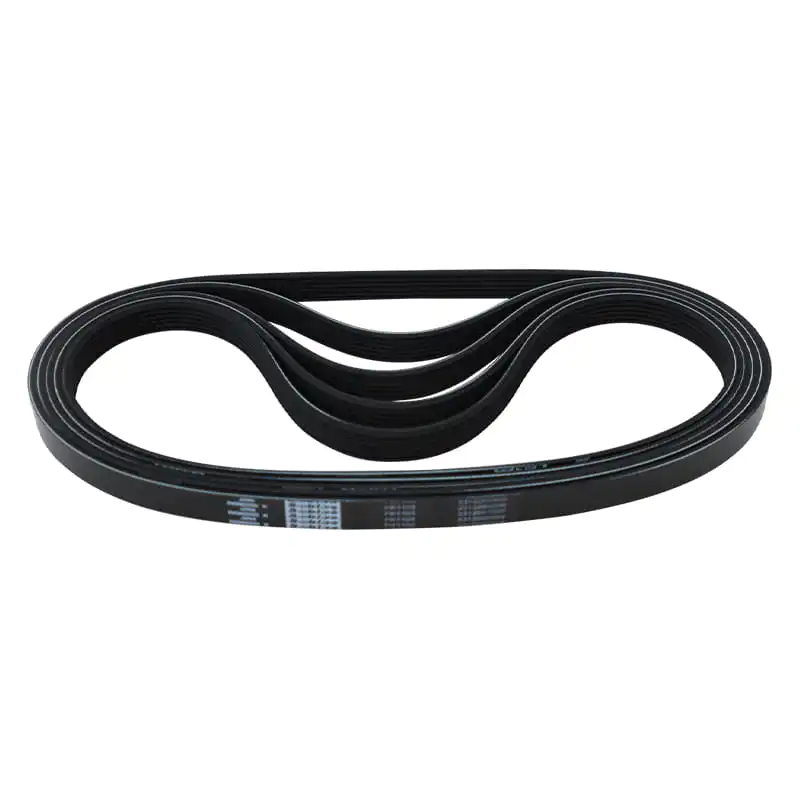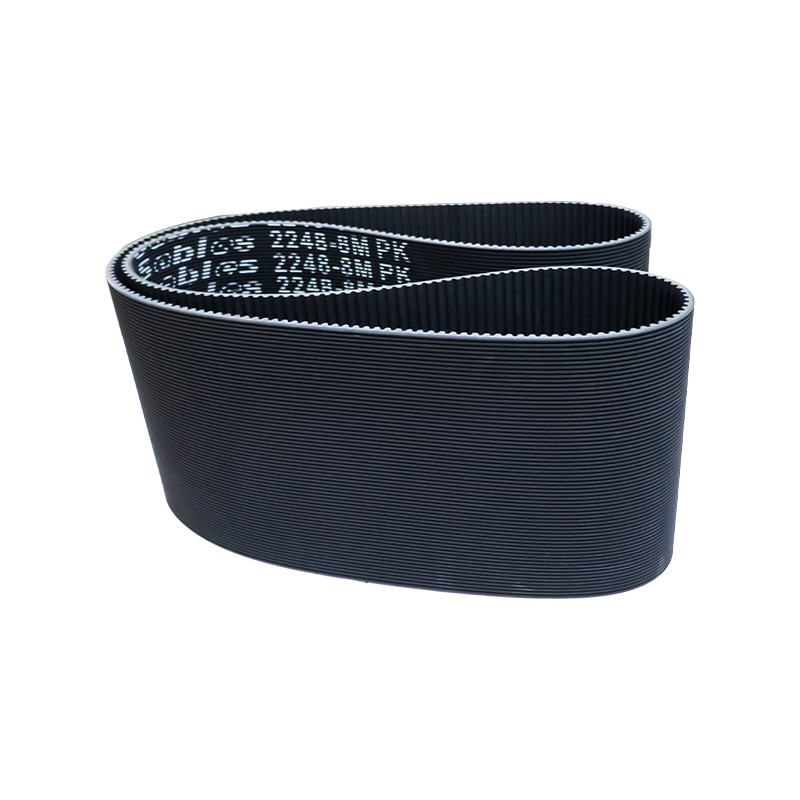What is a Silicone Belt Made Of?
A silicone belt is typically made from high - quality silicone rubber. Silicone is a synthetic polymer that contains silicon, oxygen, carbon, and hydrogen atoms. This unique chemical structure gives silicone its remarkable properties. The silicone used in belts is often reinforced with materials like fiberglass or polyester cords to enhance its strength and durability. The manufacturing process involves shaping the silicone into a belt - like form, which can be either flat or have a specific profile depending on its intended use.
What Are Its Key Advantages?
Silicone belts offer excellent heat resistance. They can withstand high temperatures without deforming or losing their mechanical properties. This makes them ideal for use in applications where heat is a factor, such as in industrial ovens or in automotive engines. They are also highly flexible, allowing for easy installation and operation in tight spaces. Silicone belts are resistant to chemicals, including oils, acids, and alkalis, which means they can be used in harsh chemical environments without deteriorating. Additionally, they have good electrical insulation properties, making them suitable for use in electrical and electronic applications. Their non - stick surface is also an advantage in some applications, as it reduces the risk of materials sticking to the belt.
Where is It Commonly Used?
Silicone belts find applications in various industries. In the food and beverage industry, they are used in conveyor systems to transport food products as they are non - toxic and comply with food - safety regulations. In the pharmaceutical industry, they are used in equipment for the same reason. In the automotive industry, silicone belts are used in engine cooling systems and in timing belt applications due to their heat and chemical resistance. In the electronics industry, they are used in manufacturing processes where electrical insulation and flexibility are required. Their versatility and unique properties make them a popular choice in many different types of applications.














